Busy days and budget-friendly eating
It can be hard to make time to eat well when life gets busy. But it’s not impossible. Read on for tips on many topics:
- making healthy choices when eating out
- eating habits you can change right now
- ways to cook once and eat twice
- what a day of eating well might look like
- eating well on a budget
- eating well when you don’t have a lot of time
6 tips for making healthy choices when eating out
Avoid menu items that are described as creamy, buttery, breaded, crispy, stuffed or smothered. These fancy words are often a hint that these meals are very high in calories. Look for menu items that are baked, steamed, grilled, roasted or poached. These cooking methods often use less saturated and trans fats.
Ask for sauces and dressings on the side so you can decide how much you use. Sauces and dressings can be highly processed and often contain high levels of unhealthy fats, sugar and sodium. Choose dressings or sauces that are made from vegetable oils, herbs and vinegars instead of ones that are heavy gravies or made with mayonnaise.
12 eating habits you can change right now
If your portions are a reasonable size, it will be easier for you to eat what you want but still stay healthy.
You are much more likely to overeat if you’re eating out of the box or bag.
Ideas include:
- Ask for salad or steamed veggies instead of fries.
- Have sparkling water instead of a sugary drink.
- Choose a tomato-based pasta sauce over one that has cream.
- Enjoy a garden salad instead of a Caesar salad.
- Ask for dressing and condiments on the side.
6 ways to cook once and eat twice
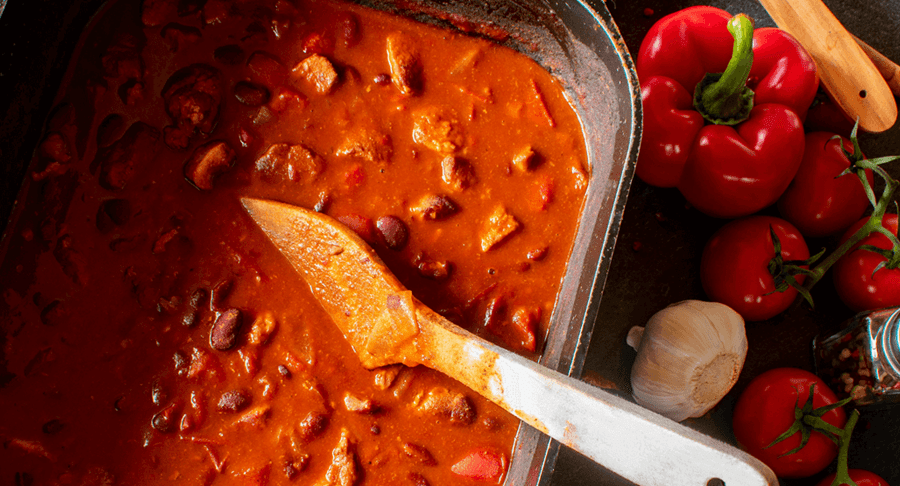
Make double batches
Dishes like pasta sauces, stews and casseroles can be frozen and pulled out for a quick meal on a hectic weeknight.
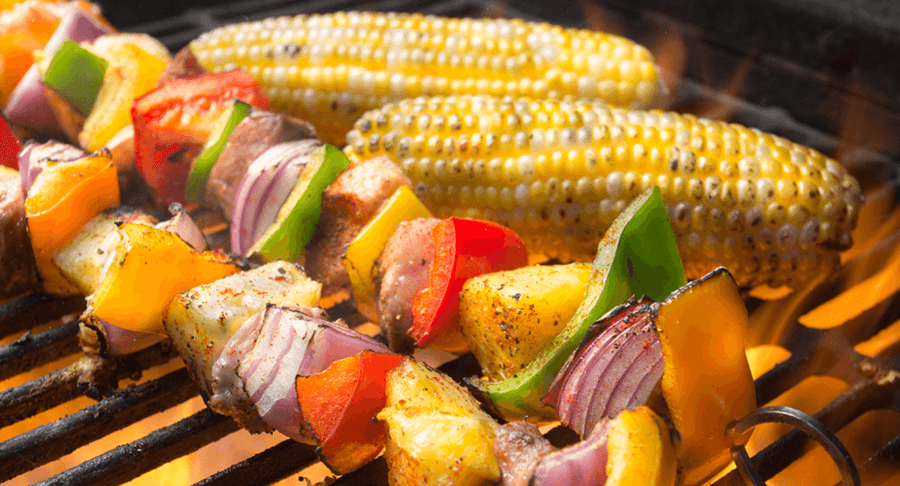
Grill extras for meal prep
When the barbecue is already in use, grill extra chicken breasts and vegetables. You can cut them up into bite-sized chunks for wraps, tortillas, burritos or a salad.
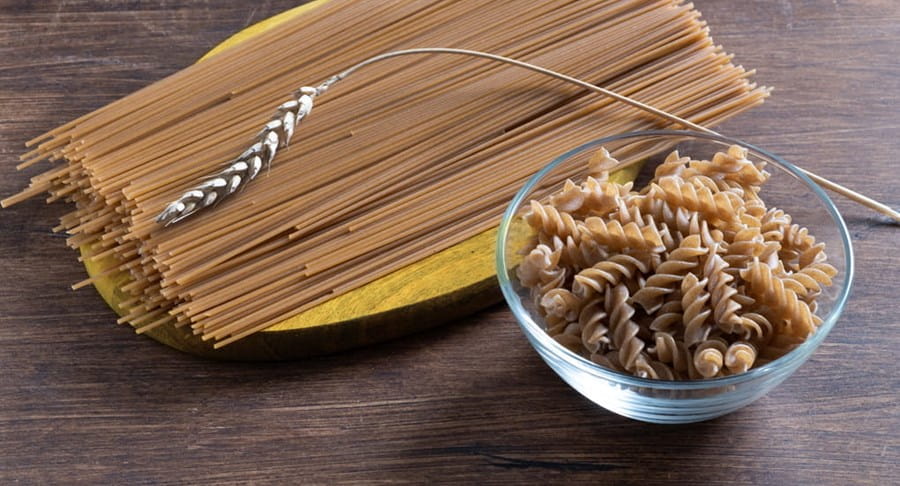
Make more dinner
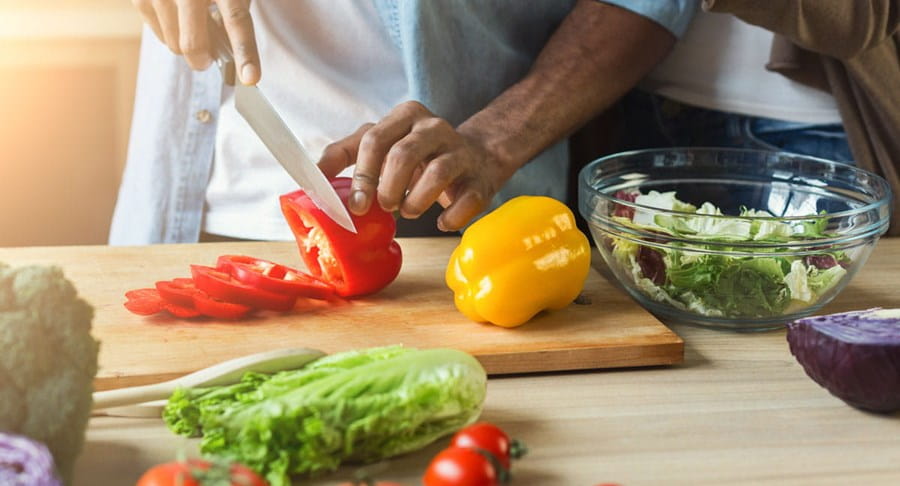
Keep cut vegetables and fruit in the fridge
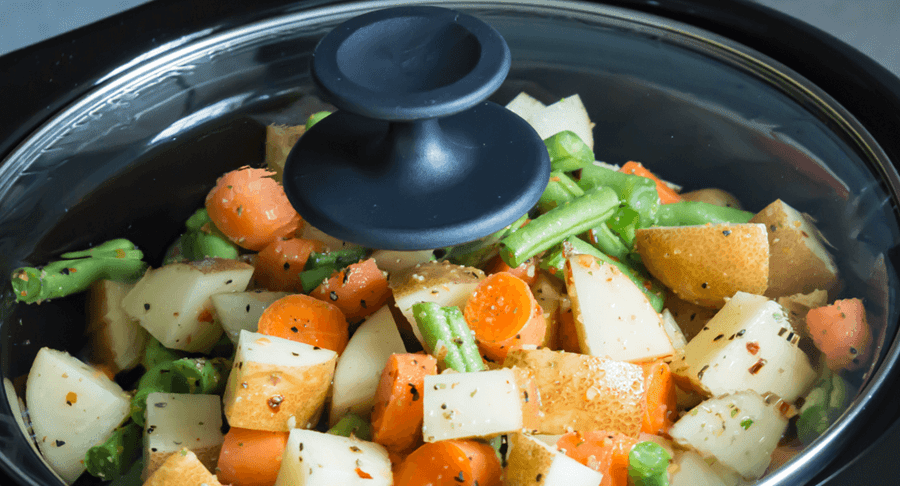
Use your slow cooker

Cook big batches with others
What does an entire day of eating well look like?
- yogurt with a piece of fruit or topped with nuts and seeds
- oatmeal and fresh fruit
- whole grain cereals with milk
- whole grain toast or mini-bagels with a nut butter or fruit spread
Meals that are high in calories and fat can make you feel sluggish. To avoid an afternoon slump, choose satisfying lunches that energize you instead of dragging you down.
- lean meat or vegetarian sandwich and vegetable-based soups or broths
- salads with a protein like tuna, hard-boiled egg or grilled meat with vinaigrette dressing on the side
- open-faced sandwiches or wraps using whole grain bread
- rice bowl with vegetables and lean meat
- leftover pasta, stew, curry, stir-fry or other meal from the night before
Boost your energy level with regular fuel throughout the day.
- vegetable sticks and whole wheat pita with hummus, tzatziki or black bean dip
- fresh fruit and granola
- plain popcorn
- whole grain snack bars
- Avoid doughnuts, monster muffins and large cookies. Choose fresh fruit or a lower-fat yogurt instead.
- Avoid ready-made salads with lots of dressing or mayonnaise. Choose leafy greens with a lower-fat dressing or vinaigrette on the side.
- Choose water instead of pop and sugary drinks. Drinking water is important for your body to work properly.
- Use milk in your tea or coffee instead of cream.
- Don’t eat just for the sake of eating or to fill the time at breaks. If you’re not hungry, get active by going for a quick walk or even climbing some stairs rather than having a snack.
Eating well on a budget
- Plan healthy meals and snacks for a week, then make a shopping list and stick to it.
- Eat fewer processed, packaged foods. They’re often more expensive and less nutritious than fresh foods.
- When you see foods on sale that will last a long time, buy extra. Dried or frozen foods will keep for a long time.
- Fill a spritzer bottle with oil and use it for cooking. This uses less oil.
- Cook food in batches and freeze – you’ll save time as well as money. You can use leftovers to make soups and casseroles to eat over the next day or so.
- Buy fresh vegetables and fruit when they’re in season or on sale, then cut them up and store them in the freezer.
- Frozen, dried and canned produce is just as good as fresh. Look for canned vegetables that are low in sodium and fruit packed in juice or water, not syrup.
- Consider growing some of your own ingredients. If you don’t have a garden, you can plant some easy-to-grow herbs or small vegetables in pots on your windowsill or balcony.
- Buy whole grain breads, pita or tortillas on sale and store them in the freezer.
- Stock up on grains like brown rice, quinoa, oats or whole wheat pasta in large amounts when they’re on sale.
- Try meatless meals twice a week. Soy, beans, lentils and other legumes are good sources of protein.
- Buy chicken with skin on and bone in. You can remove these yourself at home.
- Choose frozen fish, shrimp and other seafood instead of fresh. Canned tuna or salmon is another affordable option.
- Buy blocks of cheese and shred or slice them at home.
Help! I don’t have a lot of time, how can I eat well?
It’s tricky to eat well when you’re pressed for time – but it’s not impossible. Here are some tips to help you make smart choices even when you’re short on time.

Your trusted source for accurate cancer information
With support from readers like you, we can continue to provide the highest quality cancer information for over 100 types of cancer.
We’re here to ensure easy access to accurate cancer information for you and the millions of people who visit this website every year. But we can’t do it alone.
Every donation helps fund reliable cancer information, compassionate support services and the most promising research. Please give today because every contribution counts. Thank you.
